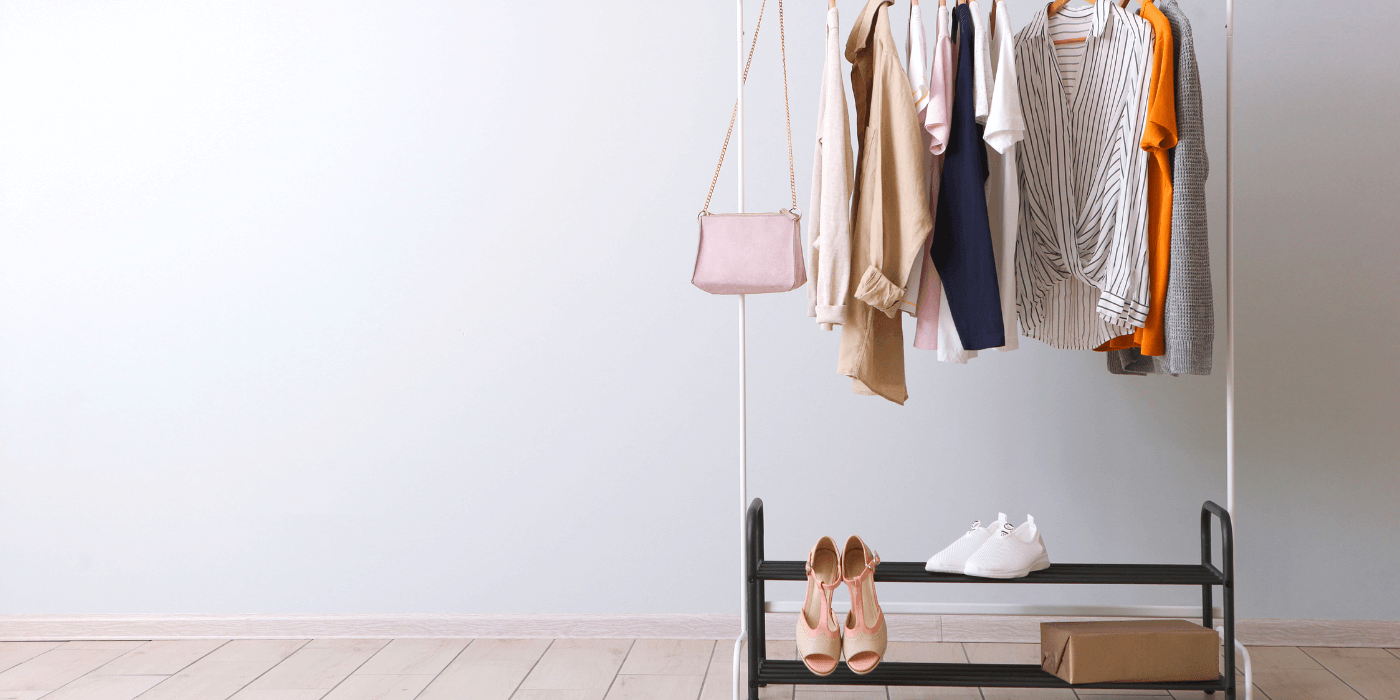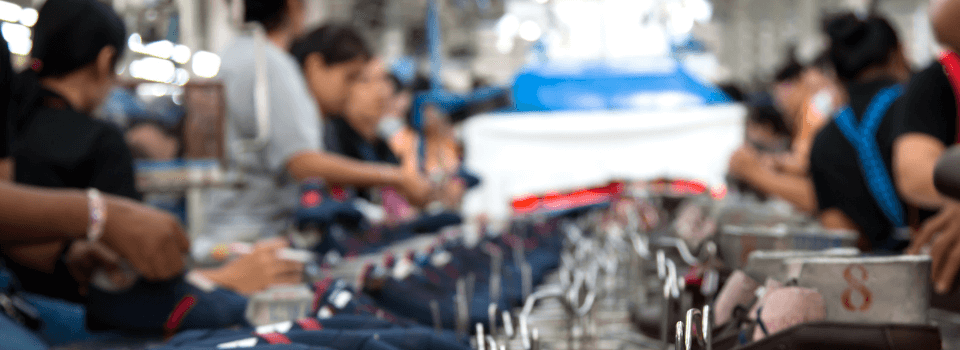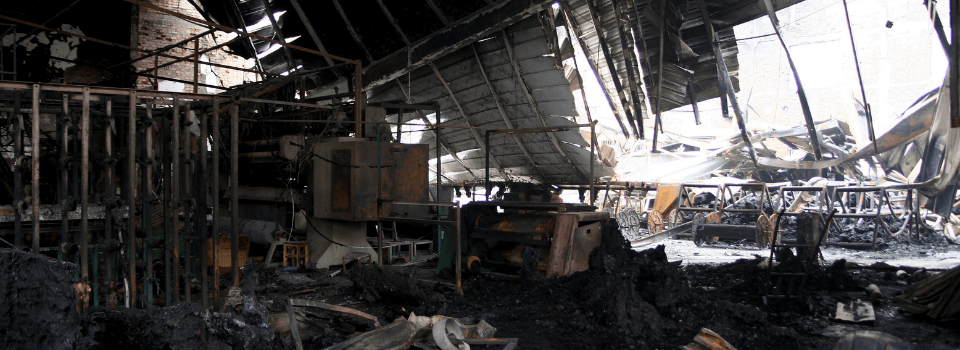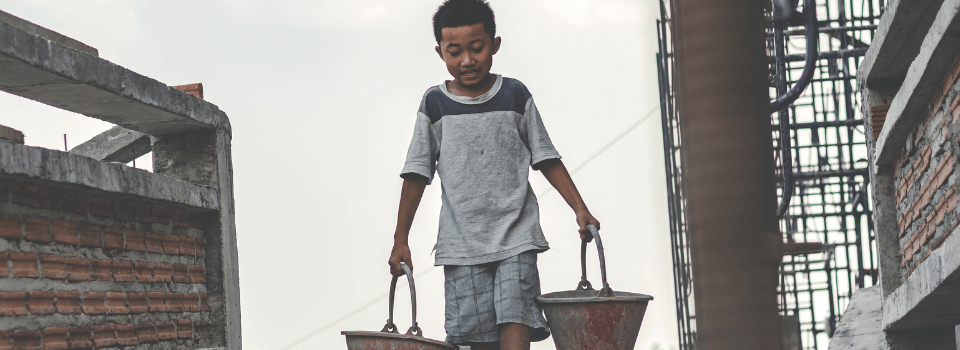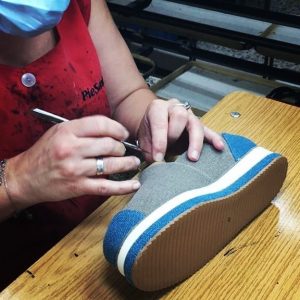Are sustainable shoes worth the investment? Research from thredUP has found that ‘73% of apparel is sent to landfill or incinerated, 95% of which could be reused or recycled.’ With the increasing number of shoes and garments being sent to landfill it is important to look into creating products that are long-lasting and will remain apart of someone’s wardrobe for many years instead of being thrown out.
Quality over quantity: The problem with mass production

Statistics shows that in recent years, shoe production increased to over 20 billion pairs being made annually. Having mass produced products leads too many to have the mindset that garments, or shoes are easily replaceable. Mass production leads to low quality items which are often disposed of only after being worn a handful of times.
Businesses create mass quantities of products because they want to ensure that they can make the most money from each passing fashion-trend, yet they overlook the impact they are having when encouraging consumers to clear out their closest and buy a new range of products to stay ‘on-trend.’
Over production is an extremely big problem, especially because most shoes which are created, are done so through unsustainable production methods.
However, it is not only down to the big corporations to take responsibility, research by The Guardian states that ‘One in three young women, the biggest segment of consumers, consider garments worn once or twice to be old.’ If this mindset is tackled and people urged companies to make higher-quality products that where longer lasting it would have a significant impact on reducing environmental issues.
Looking for a change: Fast Fashion vs Slow Fashion

Fast fashion is a term used a lot within society which refers to how the fashion industry is producing products at a fast pace, resulting in low quality garments which are often discarded quickly as consumers are hoping from trend to trend.
Fast fashion leads to many unsustainable processes, for example ‘open-loop’ production cyles are often used and can result in polluting water and surrounding land. Rather than recycling or reusing materials. According to Access Government, ‘As an estimate, it takes 200 tonnes of water to produce 1 tonne of dyed fabric. This requires sourcing fresh water and releasing water that is tainted, rendered toxic, undrinkable or otherwise polluted back into the ecosystem.’
‘Unlike fast fashion, slow fashion is an attempt to convince consumers to buy fewer clothes of better quality and to keep them for longer.’ – European Parliament
Slow fashion obviously is a term that opposes the results of fast fashion, it tackles the whole manufacturing process from design to the consumer. Slow fashion incorporates eco-friendly materials, and it encourages businesses to source more sustainable processes. With more traditional methods being used throughout production it does result in less garments being created; however they are of a higher quality than those involved in fast fashion.
What people may consider a downfall of slow fashion is that due to the traditional techniques and less quantity, the price of products may seem higher than usual. However, it is always good to remember that when paying for a slow fashion product, you are paying for higher quality and lifetime wearability. Research by Edge fashion intelligence also states that ‘Consumers in the United Kingdom have an estimated $46.7 billion worth of unworn clothes in their closets.’ Slow fashion encourages consumers to truly look at what products they are buying and if they are suitable for donation. Sharing and reusing garments is an impactful way in which an individual can act to help tackle the climate crisis.
The Impact: How change benefits more than just the environment

Slowing down the rate at which products are being created will help to reduce pressure on the climate and limit the negative impact on the environment is extremely important. Another increasingly fashionable way to reduce the negative impact of the fashion industry is called ‘Circular Fashion’ this is the process of simply recycling old useable garments and the materials are re used in another production process, this limiting the number of products in landfill.
Benefits for the environment:
- According to Edge Fashion Intelligence ‘using recycled cotton saves 20,000 litres of water per kilogram of cotton, a water-intensive crop.’ This not only helps to reduce water waste but helps to save on materials.
- An even smaller benefit yet will have a great impact is that slow fashion encourages consumers to ‘shop local’ or recycle garments. This minor change will help to reduce problems caused through the shipping process.
Benefits for garment makers

- Putting an end to ‘sweatshops’ to protect workers. Due to the decrease in production rates, these dangerous working environments will be forced to close.
- Whilst many people worry over garment workers losing their jobs due to less production, the United Nations Alliance on Sustainable Fashion reports ‘the fashion industry employs over 75 million people worldwide.
- Business transparency, the slow fashion movement promotes fair-pay and healthy working conditions, putting an end to the terrible working and living conditions for garment workers which have previously been overlooked.
Benefits for the consumer
- Long-term money saving, people may find that certain sustainable products cost a little more than usual however this is something that will in the long run, save you some money! Rather than buying a pair of shoes which are of low quality and then having to replace them a month or so later, you can rely on sustainable shoes to be wearable for a good amount of time.
- Shoe shopping is a task which we all do, so why not do your part to help the environment whilst picking up a fresh pair of trainers. When you buy an eco-friendly product, you get instant gratification that you are doing your part in creating a more sustainable world.
- Slow fashion also helps to increase mindfulness, a previously mentioned statistic discusses the amount of clothes left unworn in wardrobes across the UK, this is an astonishing statistic which shows that consumers need to consider what they are buying before completing a purchase. Being more mindful also allows people to recognise what clothes they no longer need and can donate to those who may need it more.
Uufey’s guarantee: our approach to creating sustainable shoes

So, ‘Are sustainable shoes worth the investment?’ The answer is YES, and this is something we care about deeply at Uufey Shoes. We acknowledge that that the fashion industry is one of the main causes of climate change and it is important for businesses like Uufey to take a stand and ensure that we are doing everything within our power to create a sustainable product that leaves little to no impact on the climate.
Uufey shoes create environmentally conscious comfort shoes. All materials involved within manufacturing are ethically sourced. Our amazingly talented employees in Spain handcraft each shoe to provide ultimate style and comfort for our customers. Uufey sustainable shoes are built to last in order to reduce overproduction and bring lasting comfort for years to come.




